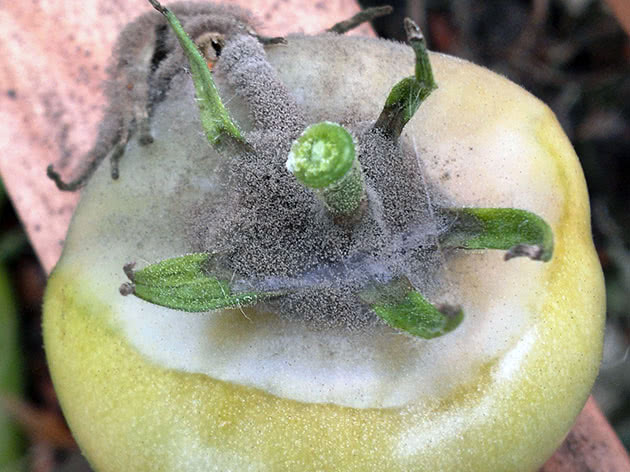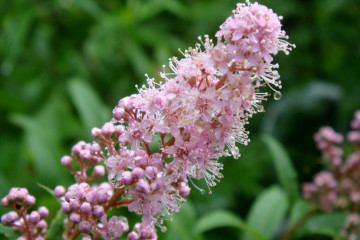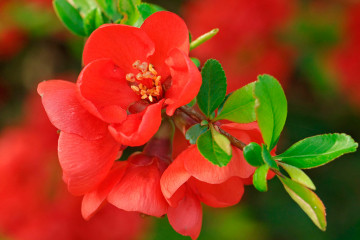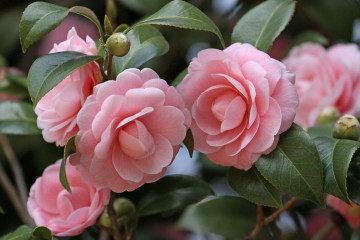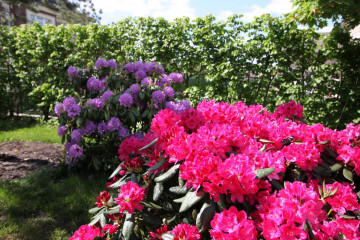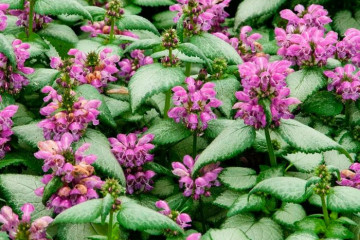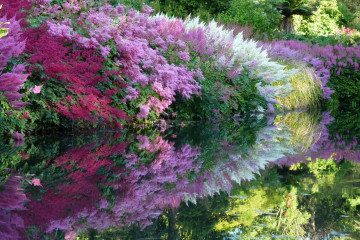Japanese anemone
Content:
Japanese anemone is an autumn flower from the genus Anemones, belongs to the Buttercup family. East Asia and China are considered the homeland of this plant, but it was cultivated as a varietal genus only in Japan in the 7th century. It is distinguished by the extraordinary beauty and tenderness of the inflorescences with minimal care during growth.
Japanese anemone: all about the features of planting and care
Japanese anemone is a perennial herbaceous flower with large inflorescences and dense, bright grass instead of leaves. The flowering period begins in July and August. Popularly known as "lumbago" or "anemone". However, such names usually characterize wild-growing inflorescences. There are more than a hundred different types of Japanese anemones in the world, but the only thing that all plants of this species have in common is the grass of a rich dark green color.
In anemones, some varietal flowers have a slightly bluish tint. The root structure is well developed.
Flowers growing in their natural environment have solid shades, a small number of flowers are located on the stem. Garden varieties have more varied shades, brighter and more terry.
The plant can be easily used to create vivid flower arrangements. Experienced designers are trying to diversify landscape design with the help of anemones. Small enough bushes are ideal for framing trees or curbs. They blend perfectly with the following colors:
- spray roses;
- primroses;
- asters;
- peonies.
Most gardeners prefer this flower because of its unpretentiousness. However, there are a number of nuances that must be taken into account when landing:
- for Japanese anemones, planting and care in the open field is distinguished by the fact that the variety feels great both in a sunny place and in darkened areas. Climate features must be taken into account when planting. So for thermophilic places, it is quite possible to plant on dark soil areas, and in areas of the middle and western strip, as well as Siberia, it is better to choose sunny places;
- for varietal flowers, a well-fertilized soil is needed, with a rich set of trace elements;
- ideal planting time is late April. Before planting, you need to make sure that the soil is sufficiently warm, fertilized and well loosened;
- the rhizome must be planted in the ground no more than 5 centimeters;
- to grow a plant with abundant color, you will need moderate daily watering and timely fertilization of the soil.
How to shelter an anemone for the winter
Despite the fact that the Japanese anemone belongs to unpretentious plants, it is better not to leave it without proper care for the winter in the edges of Russia. Like all decorative varieties of flowers, it must be carefully covered during snow and frost. If the soil freezes too much in winter, then it is better to dig up a perennial plant. As a material for creating insulation will go:
- dry sawdust;
- dried foliage;
- peat coverings.
Dangerous diseases and plant pests
Dangerous diseases can occur if proper care is not taken or over-watering. Their description is presented below:
- sclerotinosis is a dangerous disease that leads to root rotting;
- anthracnose is a severe fungal disease that affects the stems of a flower, delaying its growth and development;
- powdery mildew is the main enemy of all gardeners and interferes with caring for the anemone.
- under cold weather conditions and abundant humidity, gray rot begins to develop in the stem of the stalk, sucking the juice from the anemone;
- one of the tropical diseases - the leaf miner is also capable of destroying the anemone;
- yellow spots with large wormholes on the leaves indicate the appearance of a nematode.
Autumn Japanese anemone and features of the species
Autumn is notable for its gray colors, but experienced gardeners know what kind of flowers to plant for the brightness of the garden. Among the anemones, the most valuable is the autumn variety. These colors have a special charm and appeal. Among the autumn varieties, the most popular are distinguished:
- Japanese;
- Khubei;
- Hybrid.
Autumn varieties stand out among other artisanal inflorescences with the juiciness of their flowers. In addition, it does not require special conditions, and the autumn species is cold-resistant and prefers rather loose sandy soil. Among the most popular types:
- Queen Charlotte;
- Prince Henry;
- September charm.
Hubei anemone. Features of the variety
The Hubei anemone differs in height. Its growth reaches 80-85 cm. The size of the inflorescences of the Japanese anemone reaches only 3-6 cm. The inflorescences are much smaller than that of the previous variety and the color of the leaves differs in the lighter side. The variety is best suited for decorating home gardens.
Japanese anemone. View of Pamina
Anemone Pamina is also called terry. She is a typical representative of her genus. It is resistant to cold weather and has bright pink inflorescences. It blooms in early spring and can bloom until late autumn. The bush can grow up to 700 meters. This variety is especially popular in Russia due to its cold hardiness. You can propagate it vegetatively. However, most botanists advise against using this method. It is much easier to buy an already germinated flower grown in a special greenhouse. The most difficult thing is to grow the fruit from the tubers. In most cases, they simply rot before ever growing. The cultivation procedure requires special materials, greenhouses, irrigation systems. Therefore, breeding new plants is quite costly. It is much easier to buy a flower in a store. The planting site should be chosen in advance, since the anemone quickly adapts to the place, and repeated extraction from the ground can be accompanied by illness and death of a varietal flower.
Anemone Pritty Lady Julia
Anemone Japanese Pretty Lady Julia is one of the new varieties. It went on sale only at the beginning of 2018. The botanists were struck by the idea to develop a variety that would suit the conditions of the cold autumn climate. Features of Lady Julia's Anemone:
- inflorescences appear between August and October;
- the ideal place to grow is the slightly darkened side;
- the flower is frost resistant;
- it is accepted to sow one seed at a time. The shrub grows to an oval shape. Has dark green foliage and pink double inflorescences;
- loves soil rich in minerals and trace elements. Before planting, it is necessary to thoroughly loosen the soil;
- varietal flowers perfectly tolerate diseases, with proper care they are not able to wither in the heat and grow well in the rainy period.
Thus, varietal anemone flowers are unpretentious, requiring minimal maintenance. However, before buying, you must carefully study the issues related to the care and features of planting plants in open ground.Different varieties have different maximum growth heights.

